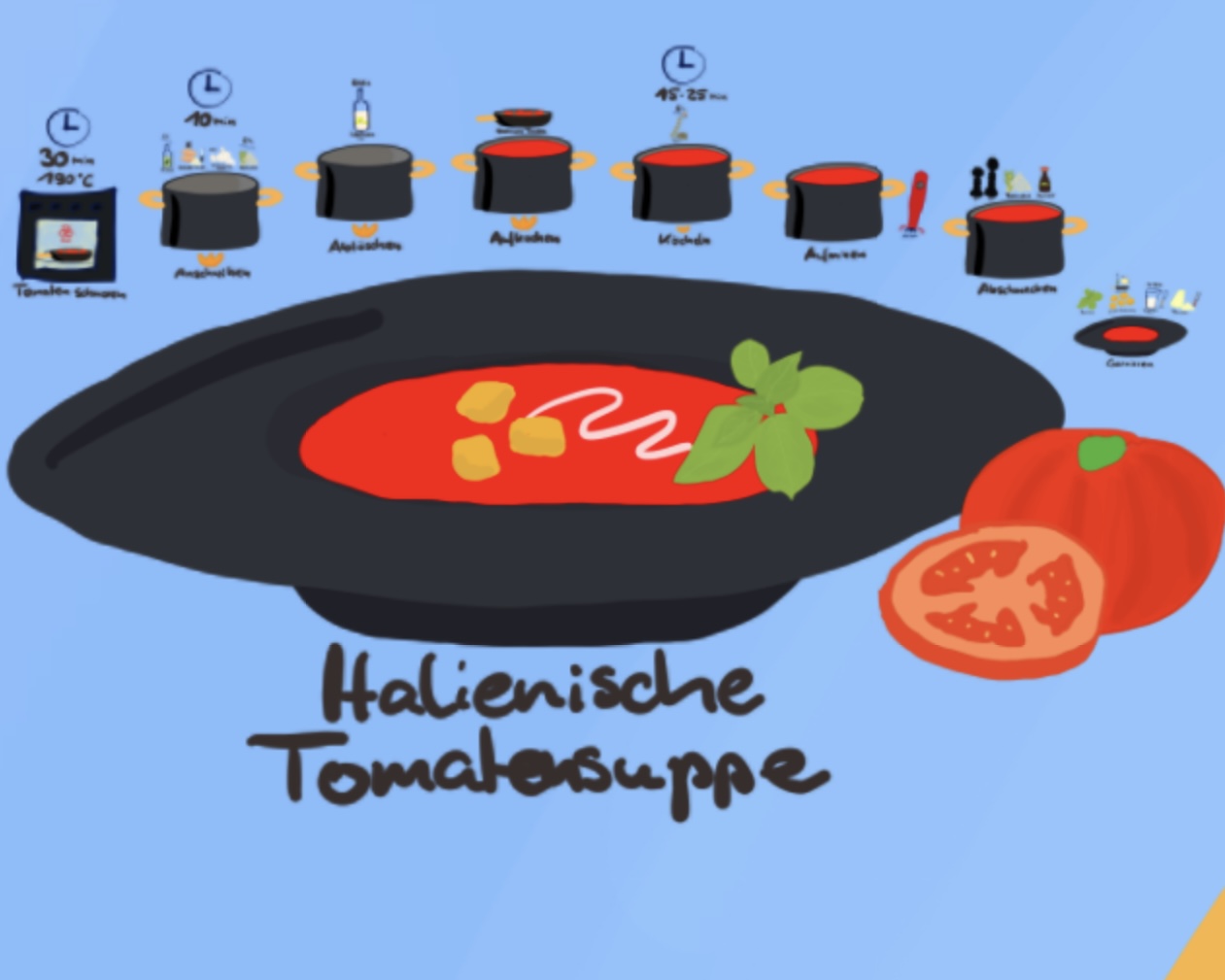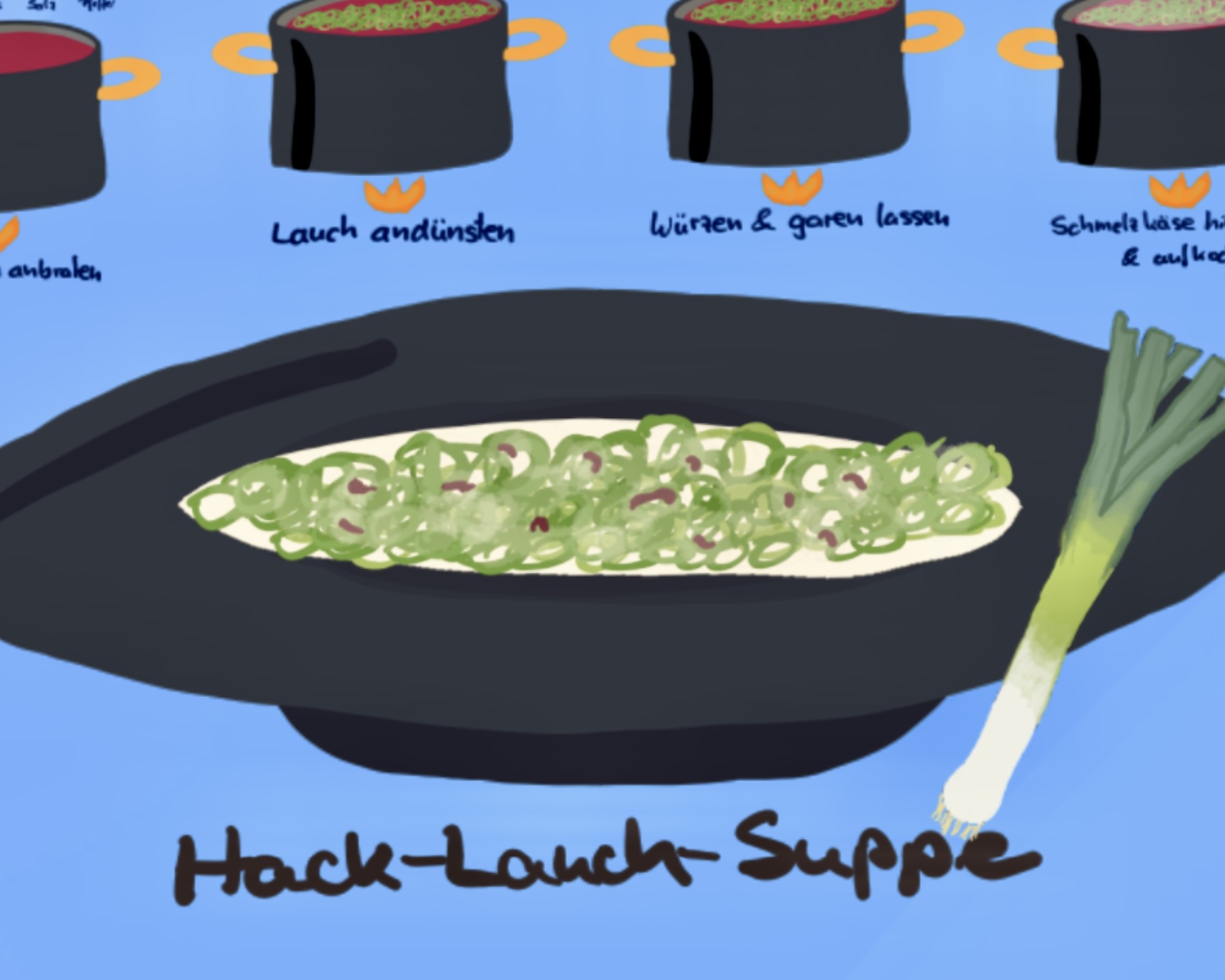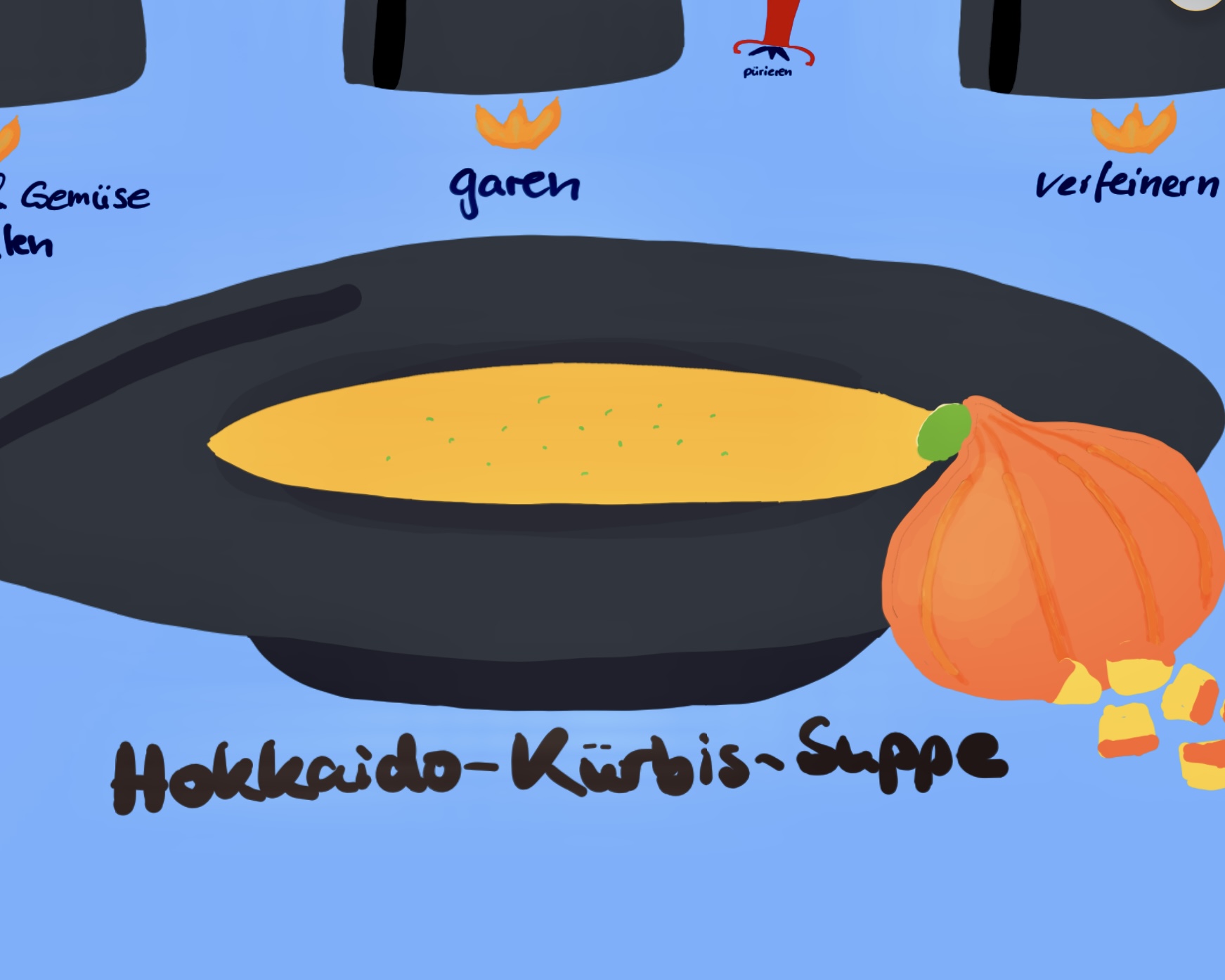Minestrone Recipe – Vegetable-Rich Italian Soup with Beans & Pasta
A colorful medley of fresh vegetables in a hearty, Italian-inspired, soul-soothing broth.Instructions: Tap the Map & Cook Along 👇
Minestrone: A Melody of the Garden in Every Spoonful
In the vibrant symphony of soups that grace our tables, Minestrone sings a tune of rustic charm and garden freshness. This beloved Italian classic is more than just a soup; it's a celebration of seasonal bounty, a versatile melody of vegetables, beans, and pasta or rice, all simmering in a rich, savory broth. Minestrone is a dish that tells a story—a story of tradition, of the changing seasons, and of the simple joy found in a bowl brimming with the flavors of the earth. Let's embark on a journey into the heart of Minestrone, exploring the essence of this comforting, nourishing, and endlessly adaptable dish.
The Roots of Minestrone
Tracing its origins back to the kitchens of Italy, Minestrone has long been a staple of Italian cuisine, evolving from a humble peasant dish to a beloved classic known worldwide. Its name, derived from the Italian word 'minestra,' meaning 'soup,' underscores its foundational simplicity. Yet, within this simplicity lies its beauty—a canvas upon which the diverse produce of Italy's regions can shine, from the sun-drenched tomatoes of the south to the leafy greens and root vegetables of the north.
A Celebration of Seasonality
At its core, Minestrone is a testament to the art of seasonal cooking. Unlike dishes bound by strict recipes, Minestrone invites the use of whatever vegetables are fresh and abundant at the moment. Spring versions might feature peas and tender asparagus, summer bowls burst with zucchini and green beans, autumn brings the earthiness of root vegetables and kale, while winter Minestrone is hearty with potatoes and cabbage. This ever-changing nature makes each pot of Minestrone a unique reflection of the season's harvest.
The Symphony of Ingredients
While the vegetables may vary, the structure of Minestrone remains constant—a harmonious blend of colors, textures, and flavors. The addition of beans, whether cannellini, kidney, or chickpeas, introduces a creamy richness and a boost of protein, transforming the soup into a filling meal. Pasta or rice adds heartiness, absorbing the flavors of the broth and lending a satisfying bite. A base of aromatic vegetables—onion, celery, and carrot—known as 'soffritto' in Italian, along with tomatoes and a well-seasoned stock, forms the backbone of the dish, ensuring depth and umami in every spoonful.
The Art of Garnishing
The finishing touches to Minestrone are as important as the soup itself. A drizzle of high-quality extra virgin olive oil, a sprinkle of freshly grated Parmesan cheese, and a handful of basil or pesto can elevate the dish, adding layers of flavor and richness. These garnishes, while optional, offer a nod to Minestrone's Italian roots and provide a customizable element that allows each bowl to be tailored to individual tastes.
More Than Just a Soup
Minestrone embodies the Italian philosophy of 'cucina povera'—making the most of simple, available ingredients. It's a dish that fosters creativity and reduces waste, encouraging cooks to use up the odds and ends of vegetables lingering in the fridge. Moreover, Minestrone is a soup that brings people together, perfect for sharing with family and friends, offering warmth and comfort on chilly evenings or a refreshing, light meal on warmer days.
Conclusion
Minestrone is a culinary journey through the seasons, a bowl filled with the richness of the garden and the warmth of Italian tradition. It's a reminder that the simplest ingredients, when cooked with care and respect, can create a meal that nourishes the body, delights the palate, and soothes the soul. So, the next time you find yourself yearning for a taste of simplicity and comfort, remember Minestrone—a melody of the garden in every spoonful, a dish that celebrates the bounty of the earth with every bite.




